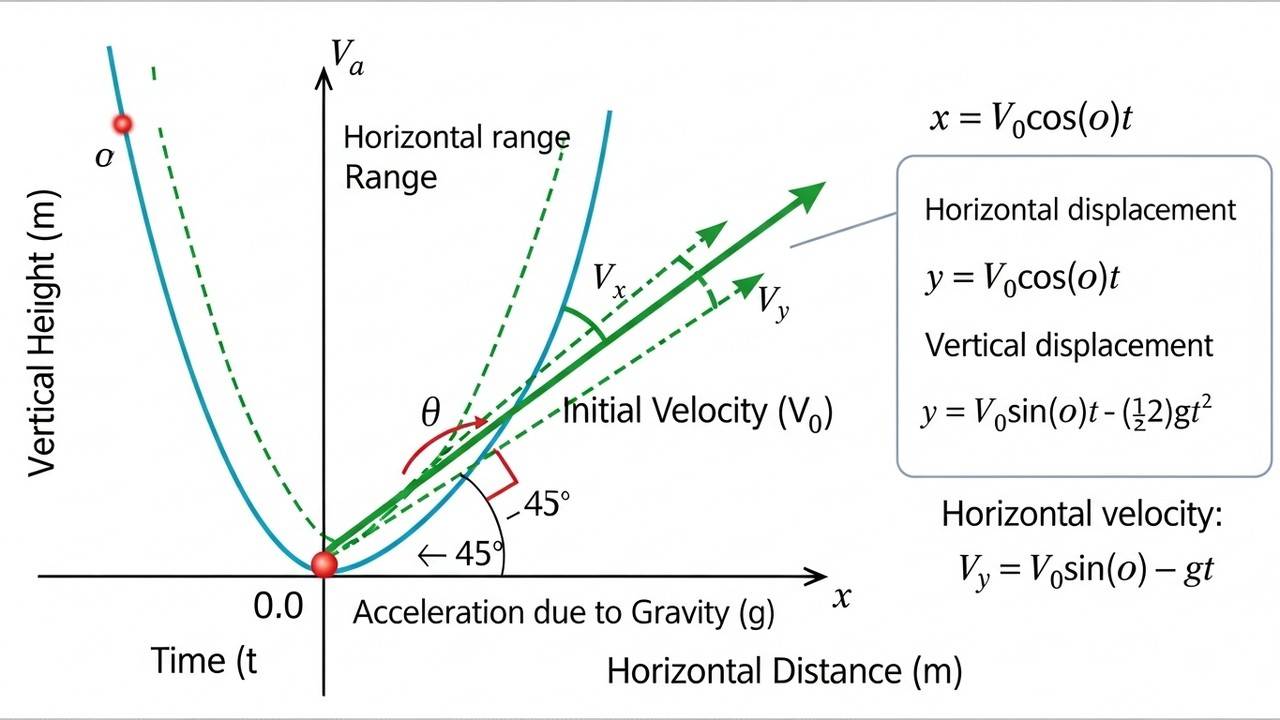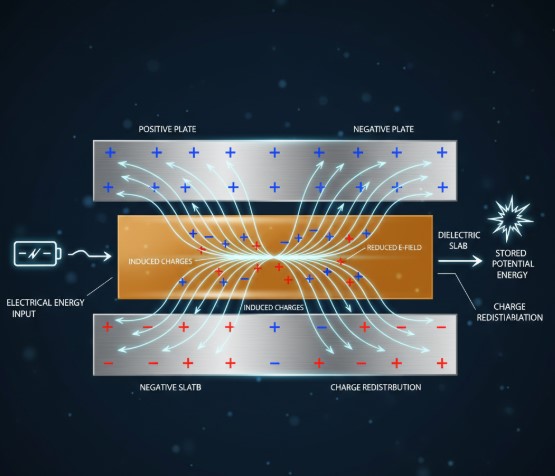Projectile motion angle analysis is a fundamental concept in physics, describing the path of an object launched into the air. This analysis helps us understand how factors like initial velocity and launch angle affect the trajectory. This blog post will delve into a specific projectile motion angle problem, offering a detailed solution and related examples to solidify your comprehension. Let’s explore the concepts and equations involved.
Table of Contents
Read More
Let’s explore the fascinating world of projectile motion, focusing on a particle’s trajectory and the angles its velocity vector forms with the horizontal. Understanding the dynamics of a projectile allows us to predict its path and behavior under the influence of gravity. This analysis is essential for solving problems in physics and engineering.
Projectile Motion Angle Problem
We are given a particle of mass ##m##, launched with initial velocity ##u## at an angle ##\theta##. The challenge is to determine the time when the velocity vector makes a ##45^\theta## angle with the horizontal. This requires us to understand the components of velocity and how they change over time due to gravity’s constant acceleration.
The initial velocity ##u## can be broken down into horizontal and vertical components. The horizontal component remains constant, while the vertical component changes due to gravitational acceleration. Our goal is to find the moment when these components are equal, resulting in a ##45^\theta## angle.
Solution: Analyzing Projectile Motion
Understanding Velocity Components
The initial horizontal velocity, ##u_x = u \times cos(\theta)##, and the initial vertical velocity, ##u_y = u \times sin(\theta)##. The horizontal velocity remains constant throughout the motion. The vertical velocity, however, changes with time due to gravity. The acceleration due to gravity (##g##) acts downwards, reducing the vertical velocity.
The vertical velocity at any time ##t## is given by ##v_y = u_y – gt##. We want to find the time when the angle made by the velocity vector with the horizontal is ##45^\theta##. This means that the horizontal and vertical components of the velocity are equal in magnitude at that time. So, we have ##v_x = v_y##.
Finding the Time
Since ##v_x = u \times cos(\theta)## and ##v_y = u \times sin(\theta) – gt##, setting the angle to ##45^\theta## implies ##v_x = v_y##. Therefore, ##u \times cos(\theta) = u \times sin(\theta) – gt##. Solving for ##t## gives us the time when the angle is ##45^\theta##.
Rearranging the equation ##u \times cos(\theta) = u \times sin(\theta) – gt## to solve for ##t##, we get ##t = \frac{{u \times (sin(\theta) – cos(\theta))}}{g}##. This is the time after which the velocity vector makes an angle of ##45^\theta## with the horizontal. Note that the angle will be ##45^\theta## only if ##sin(\theta) > cos(\theta)##, otherwise, the angle will be ##-45^\theta##.
Final Solution
The time ##t## when the velocity vector makes an angle of ##45^\theta## with the horizontal is given by the equation: ##t = \frac{{u \times (sin(\theta) – cos(\theta))}}{g}##. This formula provides a direct way to calculate the time, considering the initial velocity and projection angle.
The time calculated is essential for understanding the projectile’s trajectory. This calculation helps in determining various parameters such as the range, the maximum height, and the time of flight. This knowledge is critical in many practical applications of projectile motion.
Similar Problems and Quick Solutions
Problem 1: Find the range of a projectile
Range, ##R = \frac{{u^2 \times sin(2\theta)}}{g}##
Problem 2: Calculate the maximum height of a projectile
Maximum Height, ##H = \frac{{u^2 \times sin^2(\theta)}}{{2g}}##
Problem 3: Determine the time of flight
Time of Flight, ##T = \frac{{2u \times sin(\theta)}}{g}##
Problem 4: Find the velocity at any time t
Velocity at any time, ##v = \frac{{\text{d}r}}{{\text{d}t}}##
Problem 5: Calculate the horizontal displacement at time t
Horizontal Displacement, ##x = u \times cos(\theta) \times t##
| Parameter | Formula | Description |
|---|---|---|
| Initial Horizontal Velocity (##u_x##) | ##u imes cos( heta)## | The constant horizontal component of the initial velocity. |
| Initial Vertical Velocity (##u_y##) | ##u imes sin( heta)## | The initial vertical component of the velocity, affected by gravity. |
| Vertical Velocity at Time t (##v_y##) | ##u imes sin( heta) – gt## | Vertical velocity changes due to gravitational acceleration (##g##). |
| Time for 45 Degree Angle (##t##) | ## rac{{u imes (sin( heta) – cos( heta))}}{g}## | Time when the velocity vector makes a ##45^ heta## angle with the horizontal. |
We also Published
RESOURCES
- 3.3: Projectile Motion – Physics LibreTexts
- Projectile Motion for an Object Launched at an Angle | CK-12 …
- Projectile Motion: Finding the Optimal Launch Angle
- Finding the initial angle of a projectile, from its velocity, origin and …
- Projectile Motion – Kinematics | Air Resistance | Parabolic Curve …
- In projectile motion, why do all pairs of initial angles that add up to …
- How to Solve for a Projectile’s Angle at a Point in its Motion | Physics …
- Question about projectile motion, initial speed and angle : r …
- Angle between velocity and acceleration for projectile motion …
- Projectile motion – Wikipedia







0 Comments